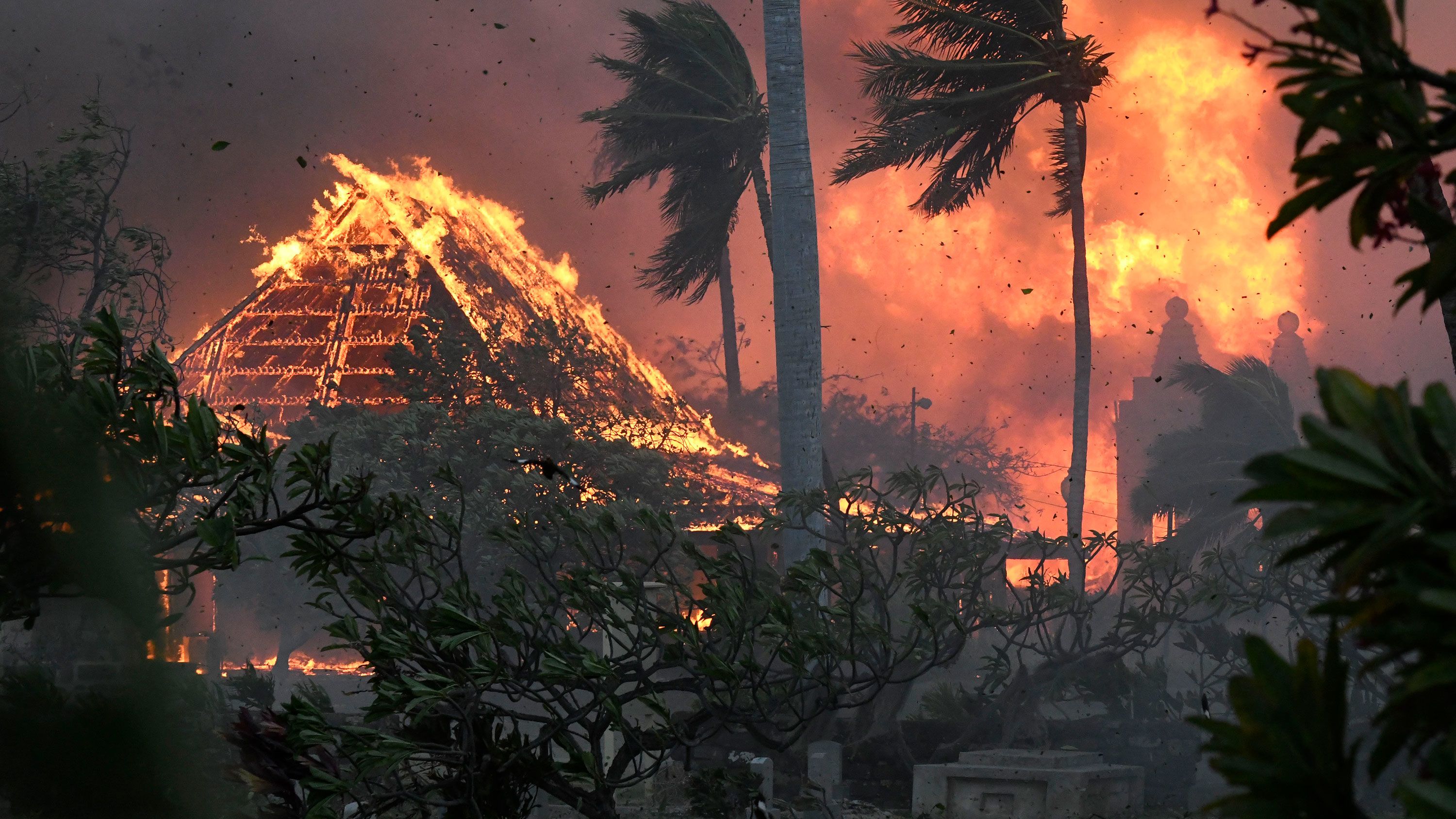A brush fire fueled by strong winds raced through over 500 acres in Hawaii, leading to the closure of Maui’s Haleakala National Park on Thursday. Residents of the scenic island, still recovering from last year’s devastating wildfire, were alerted to prepare for possible evacuations. The fire, driven southeast by 40 mph winds, had not yet destroyed any homes, but the Maui Fire Department issued an alert at 3 a.m. emphasizing the need for community cooperation to ensure everyone’s safety. Dozens of firefighters and tankers were battling the flames, and the county’s website provided real-time updates on the fire’s progression.

Hawaii’s Increasing Wildfire Risks
Hawaii has become increasingly susceptible to wildfires, with fires becoming a frequent occurrence on the islands. The state ranks among the highest in wildfire risk according to wildfirerisk.org. Clay Trauernicht, an ecosystem fire scientist at the University of Hawaii, identifies key ingredients contributing to this risk: drought, human-caused ignitions, and lowland areas dominated by nonnative, fire-prone grasses. “These fuels expanded as money moved from plantations and ranches to tourism and real estate,” Trauernicht explained in a social media post last year.
The prevalence of invasive grasses and the state’s climatic conditions create a perfect storm for wildfires. The combination of these factors has led to more frequent and severe fires, challenging the island’s natural and human resources.
Remembering Lahaina’s Devastation
The tragedy in Lahaina last August remains fresh in the minds of Maui residents. A series of wildfires resulted in over 100 deaths and caused nearly $6 billion in damages. The primary blaze in Lahaina destroyed more than 2,700 homes, businesses, and other structures. Hawaiian Electric acknowledged that its downed power lines ignited dry grasses, sparking the fire. However, the utility also blamed Maui County for not controlling invasive vegetation and mishandling the emergency response.
The Federal Bureau of Alcohol, Tobacco, Firearms, and Explosives (ATF) announced that it was finalizing its report on the fire’s cause, which will be shared with the Maui Fire Department. “We recognize the importance of sharing this information with the public and plan to release our cause and origin report as soon as we receive and integrate ATF’s findings,” said Maui Fire Chief Brad Ventura.
Aid for the Displaced Ones
In response to the disaster, Maui Mayor Richard Bissen approved a county budget that includes aid for those displaced by the August 2023 wildfires. “The county has begun a daunting journey for survivors of the most complex natural disaster in Hawaii’s history,” Bissen stated. The fires, which ignited on August 8, started as a brush fire in Maui Upcountry, an area known for its hills and volcanic mountains. A second fire near Lahaina was initially contained but was reignited by wind gusts from Hurricane Dora, which passed hundreds of miles to the south.

The hurricane’s winds fanned the flames back to life, trapping many Lahaina residents as escape routes became impassable due to thick smoke and intense heat. The community continues to rebuild and recover, facing ongoing challenges and the looming threat of future wildfires.
